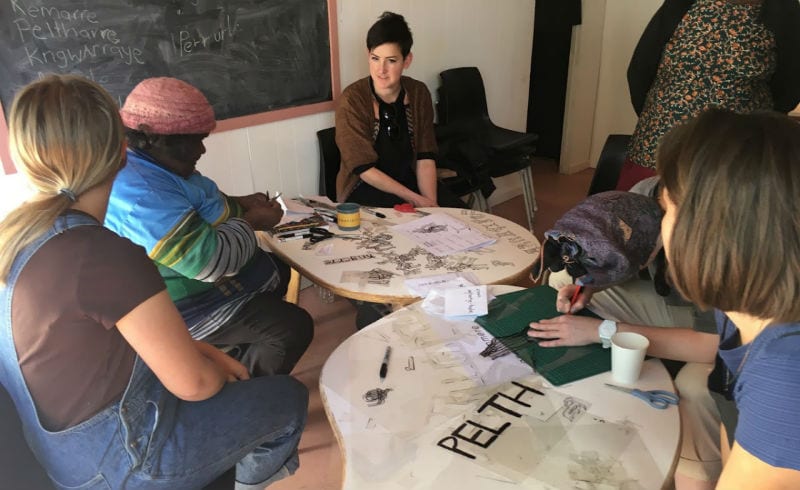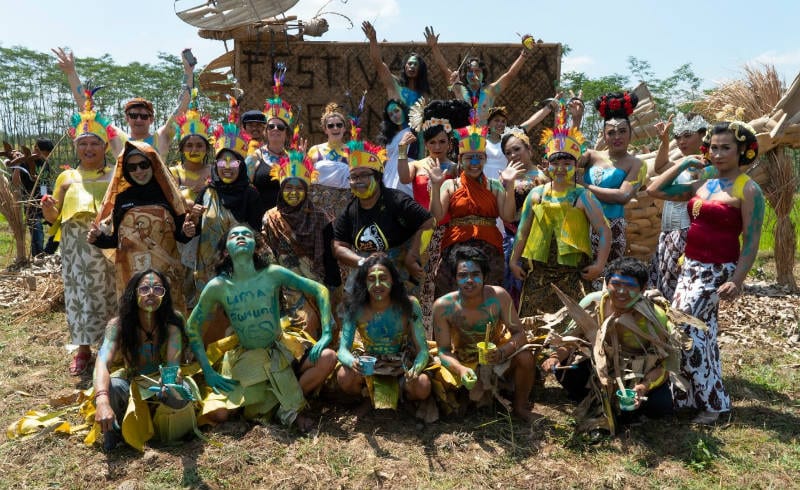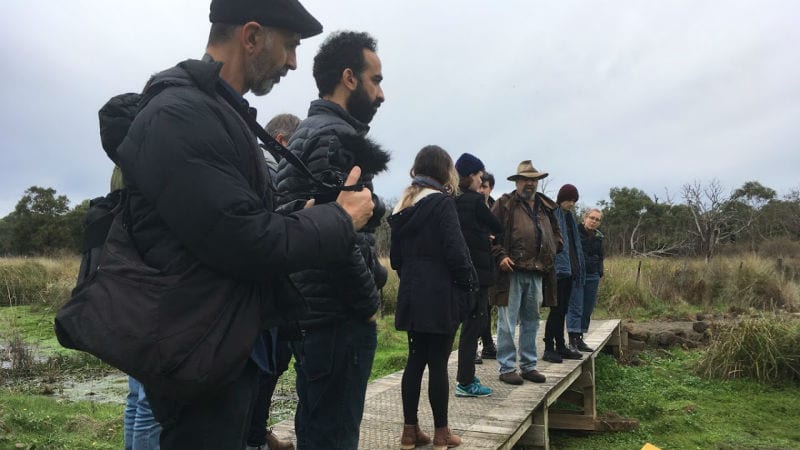Arts explainer: what is social practice?

We hear a lot about social practice in the arts, but what actually is it? We asked course coordinator of the University of Melbourne’s new Bachelor of Fine Arts (Honours) in Social Practice and Community Engagement Dr Danny Butt.
By Dr Danny Butt
So, yes, what is social practice in the arts?
Like art generally, the definition changes depending on who you ask. The way I describe it is that the artist working in social practice makes the relationship with others the primary material in their work – the professional community surrounding the artistic objects and the techniques that are used to construct these relationships are of secondary importance.
Where does the idea of social practice come from?
Different histories have fed into social practice across a range of fields but, from an artistic perspective, throughout the modern era artists have asked tough questions about how different art forms relate not just to experts in the field, but to different kinds of publics. Artists in all fields have experimented with new ways of reaching and engaging with these publics, and so they have brought new ways of working with communities and thinking about what the public is.

Who’s a good example of a social practice artist?
Beth Sometimes is a great example. Her practice encompasses zines, installations, drawing, sound work, occasional performances and ceramics.
While undertaking a Master of Fine Arts research degree at the VCA, Beth worked with local Arrernte people to produce Apmere angkentye-kenhe, a centre for Arrernte language in Mparntwe (Alice Springs), where a combination of sculpture, sound, printing and interactive installation allows Arrernte people and wider publics to experiment and develop their knowledge and skills in the language.
The project is full of things that only an artist would make, but it’s not for the art world first and foremost. From my perspective, it’s about the different Mparntwe communities engaging meaningfully with Arrernte knowledge through the project, in a way that supports the people who are responsible for that knowledge.

How did you become involved in this field?
I’ve done a lot of different things in my life – from working in advertising during the 1990s to working in international development for Asia Pacific UN-agencies through the mid-2000s – but I’ve always come back to working in an art context.
I was part of a number of artist-run initiatives in Aotearoa (New Zealand) which led to a focus on indigenous knowledge and working out how non-Indigenous people could engage in that context in a meaningful way. I found that it’s hard to do that by yourself, so for the past 10 years I’ve worked with an art collective called Local Time, which does projects in collaboration with art institutions and maintainers of customary authority over land. We’ve mostly worked in Aotearoa, but also in Narrm, Rarotonga and Delhi.
How do you teach social practice?
Many of the historical techniques of standard studio instruction apply – artists still need to know what else is happening in their field and what the current debates are, and they need an environment to workshop their ideas with a critical community of peers and a range of experienced teachers who can help them better understand how the development of their practice can connect with the world in a more substantial way.
The main difference in teaching social practice is that core skills development is focused on exploring community dynamics and techniques of understanding and engaging the public. There are serious questions emerging in the arts about representation and what constitutes effective forms of collaboration with specific communities, especially in relation to marginalised groups. A lot of artists have picked up these skills on their own, but the premise of the course is that artists can learn to navigate these issues more effectively through a combination of practical and theoretical study.

What’s special about the VCA course?
First of all, we welcome artists from many artistic disciplines, including visual art, theatre, music theatre, dance, film and television, design and production, and music. We’re like a laboratory of cross-fertilising approaches, and we draw on the extensive disciplinary expertise in the Faculty of Fine Arts and Music.
In terms of the formal structure, it’s a one-year Honours degree, so it provides a way for undergraduate artists to orient their practice toward some of these questions as they approach graduation, and it’s research-oriented, so it provides a one-year pathway to PhD study for artists who already have an undergraduate qualification or equivalent experience.
Students undertake a series of fieldwork intensives, where they’ll witness accomplished artists conducting real-life projects in community settings. The plan this year is to work in Narrm (Melbourne) with well-known theatre practitioner, researcher and activist Tania Cañas, the Artistic Director of refugee and asylum seeker organisation RISE Refugee.

The cohort will also travel to the Northern Territory with Beth Sometimes, and spend time in Western Victoria in Gunditjmara lands with the Head of the Wilin Centre for Indigenous Art and Cultural Development, Associate Professor Richard Frankland.
The last fieldwork intensive will take place in Yogyakarta, where students will work with peers at the Indonesian Institute of the Arts and visit the Five Mountains Festival, a community-organised interdisciplinary arts festival with a strong independent streak. Guided by Nuraini Juliastuti, co-founder of the artist-run initiative KUNCI Cultural Studies, it will be a great opportunity to soak up the incredibly vibrant scene there.
Applications for the Bachelor of Fine Arts (Honours) in Social Practice and Community Engagementclose on October 30. For more information email Dr Danny Butt.